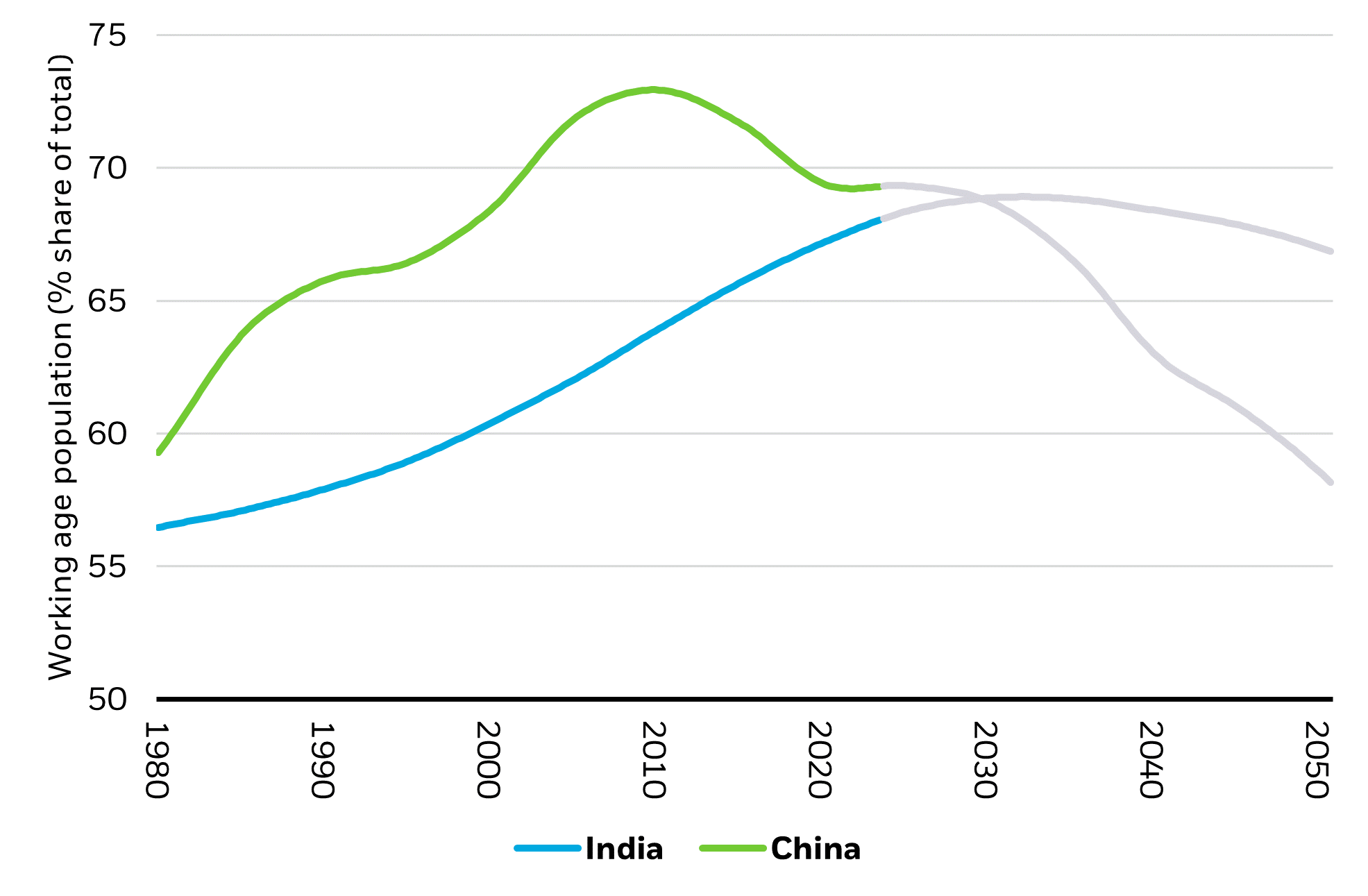Looking at the economies that make up the EM ex China index as a whole, while they garner around 70% of their revenue from other EM markets (including China), the slowdown of growth in China has been somewhat of a positive force for these economies. Disinflationary forces have meant central bank authorities are more inclined to cut interest rates, in comparison to developed markets where rate cuts may still be months off.
This combination of positive macro forces has been reflected in the strong performance of the MSCI EM ex China Index, which returned over 15% in the year to May 2024, compared to around 12% for the broad EM index.6 Longer term, EM ex China has also outperformed broader EM, returning 6.5% for the five years to May versus 3.5% for broader EM.7
Over this period of strong returns, we’ve also seen investors voting with their feet when it comes to investing in emerging markets beyond China. In the US, iShares’ EM ex China ETF has seen more than US$12 billion cumulative flows since 2020. For the year to date, US flows to EM ex China are at 91% of the levels of broad EM flows.8





